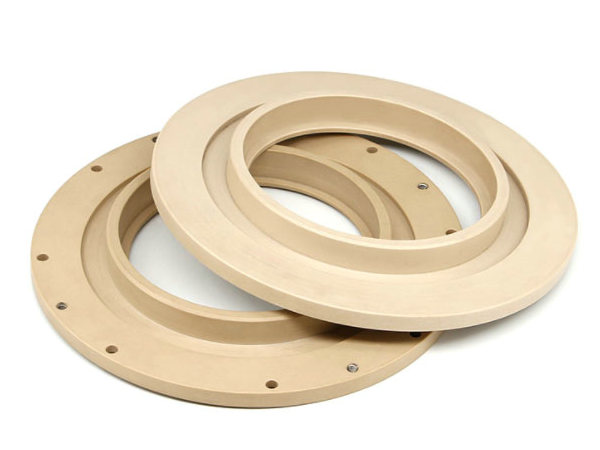What is Peek?
PEEK stands for Polyetheretherketone, which is a high-performance thermoplastic polymer. PEEK is known for its exceptional mechanical properties, chemical resistance, and high-temperature stability, making it a popular choice in various industries.
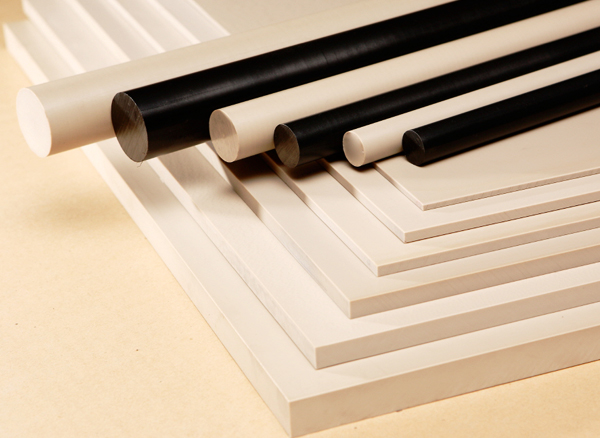
Advantages and Disadvantages of PEEK (Polyetheretherketone)
Advantages:
High-Temperature Stability: PEEK can operate reliably at elevated temperatures, demonstrating exceptional heat resistance, making it suitable for high-temperature applications.
Chemical Resistance: PEEK exhibits outstanding resistance to a wide range of chemicals, including acids, bases, solvents, and oils, making it valuable in the chemical and oil and gas industries.
Mechanical Performance: PEEK offers remarkable mechanical properties, including high tensile strength, stiffness, and toughness, making it suitable for applications requiring high load-bearing capabilities.
Electrical Insulation: PEEK serves as an excellent electrical insulator, finding application in electronic components and electrical systems.
Biocompatibility: PEEK is biocompatible, making it suitable for use in medical devices and implants.
Low Flammability: PEEK exhibits low flammability and emits minimal smoke when exposed to fire, a critical safety feature in certain applications.
Dimensional Stability: PEEK maintains its dimensional stability even under challenging conditions, making it suitable for precision engineering and aerospace applications.
Ease of Machining: PEEK is relatively easy to machine, simplifying the manufacturing process for components and parts.
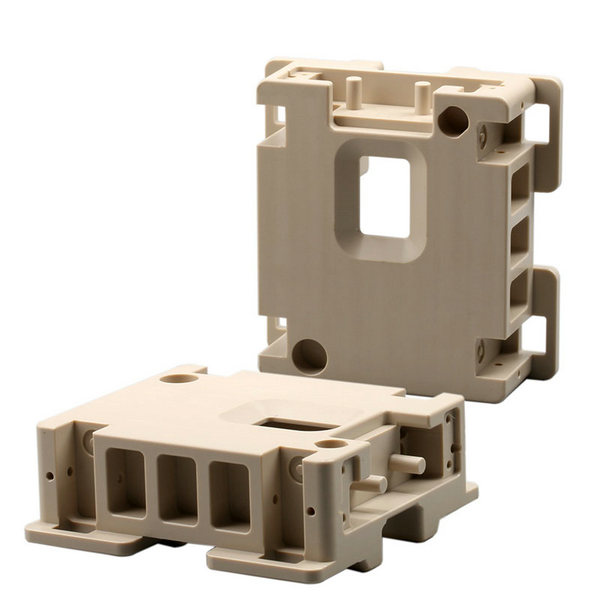
Disadvantages:
High Cost: PEEK is relatively expensive, which can limit its widespread use in cost-sensitive applications.
Hygroscopicity: PEEK has some degree of water absorption, which may impact its performance when exposed to moist environments.
Complex machining: While PEEK is relatively easy to machine, specific machining processes and tools may be required, necessitating specialized knowledge and equipment.
Thermal Expansion: PEEK has a relatively high linear coefficient of thermal expansion, which needs consideration in designs involving temperature changes and dimensional stability.
Limited Dyeability: PEEK's dyeability is limited, which can restrict its use in applications requiring specific colors.
While PEEK possesses many outstanding characteristics, a careful balance of its advantages and disadvantages should be considered when selecting it for specific application requirements.
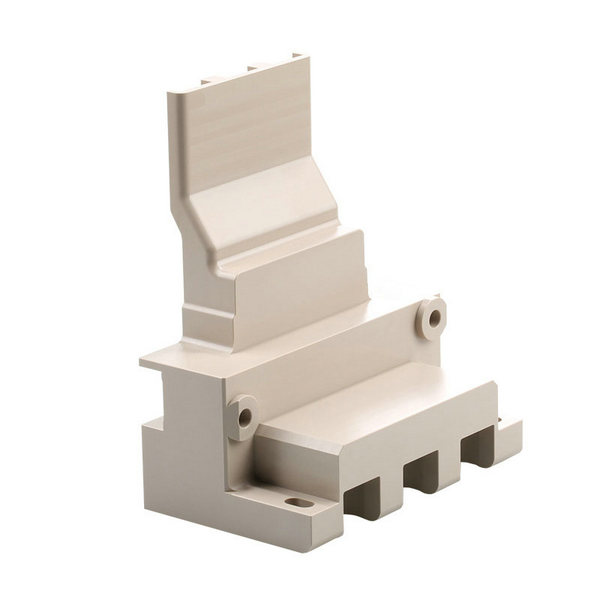
Differences Between PEEK and Polyimides: A Detailed Comparison
1. Chemical Structure:
PEEK (Polyetheretherketone): PEEK is a semi-crystalline thermoplastic known for its linear aromatic polymer structure, containing repeating units of ether and ketone groups. It belongs to the polyaryletherketone family.
Polyimides: Polyimides are a class of synthetic polymers characterized by their imide functional groups, which form a highly cross-linked, three-dimensional structure. Polyimides are known for their diverse chemical structures, including aliphatic and aromatic variants.
2. Temperature Resistance:
PEEK: PEEK offers excellent high-temperature resistance, with a continuous use temperature of up to 250°C (482°F).
Polyimides: Polyimides are renowned for their exceptional thermal stability and can withstand continuous temperatures well above 300°C (572°F).
3. Mechanical Properties:
PEEK: PEEK exhibits high tensile strength, stiffness, and toughness, making it suitable for load-bearing applications.
Polyimides: Polyimides also possess excellent mechanical properties, including high tensile strength, but specific properties can vary based on the particular polyimide.
4. Chemical Resistance:
PEEK: PEEK is resistant to a wide range of chemicals, including many acids, bases, and organic solvents.
Polyimides: Polyimides are known for their exceptional chemical resistance and can withstand exposure to harsh acids, bases, and solvents.
5. Electrical Insulation:
PEEK: PEEK is a good electrical insulator but not as widely used in electrical applications as polyimides.
Polyimides: Polyimides excel as electrical insulators and are commonly employed in electronic components.
6. Color Options:
PEEK: PEEK is typically available in natural beige or black colors.
Polyimides: Polyimides can come in various colors, offering more flexibility for applications requiring specific aesthetics.
7. machining Methods:
PEEK: PEEK can be processed using standard thermoplastic techniques, such as injection molding and extrusion.
Polyimides: machining polyimides can be more complex, often requiring specialized techniques and equipment.
8. Cost:
PEEK: PEEK is relatively expensive compared to many other engineering plastics.
Polyimides: The cost of polyimides can vary depending on the specific type and grade but is generally competitive in high-performance applications.
9. Applications:
PEEK: Common applications for PEEK include aerospace components, automotive parts, medical devices, and industrial components.
Polyimides: Polyimides find use in aerospace, electronics, automotive, and military applications, as well as in specialized fields like microelectronics and space exploration.
Both PEEK and polyimides offer unique properties, and the choice between them depends on specific application requirements and conditions.
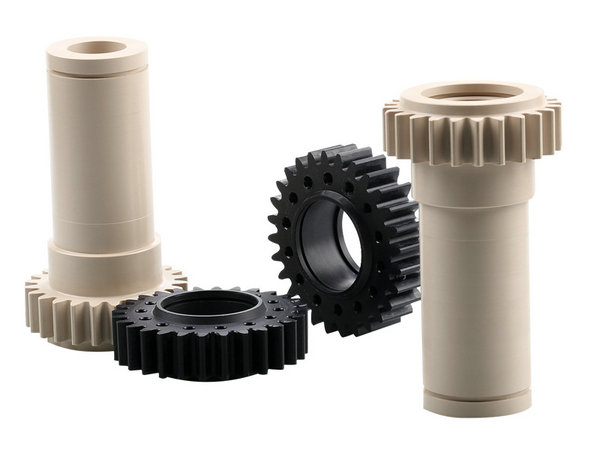
PEEK vs. Polyimides: Which is Right for You?
Choosing between PEEK (Polyetheretherketone) and Polyimides depends on your specific application needs and performance requirements. Both materials offer distinct advantages, and the decision should be based on factors like temperature resistance, mechanical properties, chemical resistance, and machining considerations. Here's a guide to help you determine which material is most suitable for your needs:
Choose PEEK (Polyetheretherketone) if:
High-Temperature Performance: PEEK excels in high-temperature environments, with a continuous use temperature of up to 250°C (482°F). It's an excellent choice for applications that require heat resistance without the extreme temperatures that polyimides can handle.
Ease of machining: PEEK can be processed using standard thermoplastic techniques like injection molding and extrusion, which may be more accessible for your manufacturing process.
Mechanical Strength: If your application requires high tensile strength, stiffness, and toughness, PEEK is a strong contender.
Availability in Natural Colors: PEEK is typically available in natural beige or black colors, which can be suitable for many applications without specific color requirements.
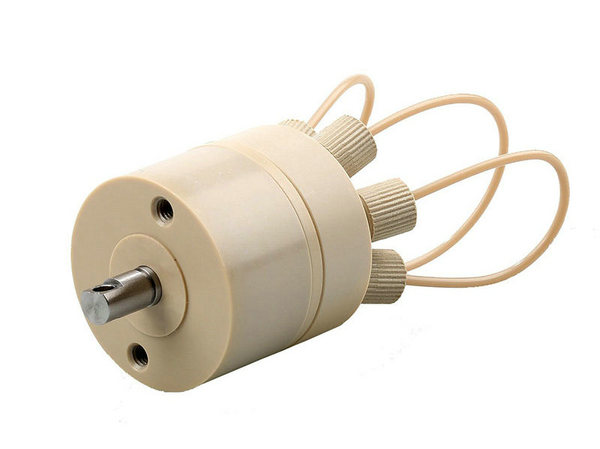
Peek vs. Polyimide: Applications
PEEK (Polyetheretherketone) Applications:
Aerospace: PEEK is used in aerospace applications for components requiring high strength-to-weight ratios, such as aircraft interior parts, brackets, and connectors.
Medical Devices: PEEK's biocompatibility makes it suitable for medical implants, dental devices, and surgical instruments. It's also used in medical equipment housings.
Automotive: PEEK is employed in the automotive industry for various applications, including electrical connectors, seals, and bearings due to its resistance to chemicals and wear.
Oil and Gas: PEEK is utilized in oil and gas exploration for downhole tools, seals, and valve components due to its resistance to high temperatures and chemicals.
Electronics: PEEK's electrical insulation properties are valuable in electronic components like connectors, insulators, and circuit boards.
Industrial Components: PEEK is found in industrial machinery, pumps, and seals where its combination of mechanical strength and chemical resistance is beneficial.
